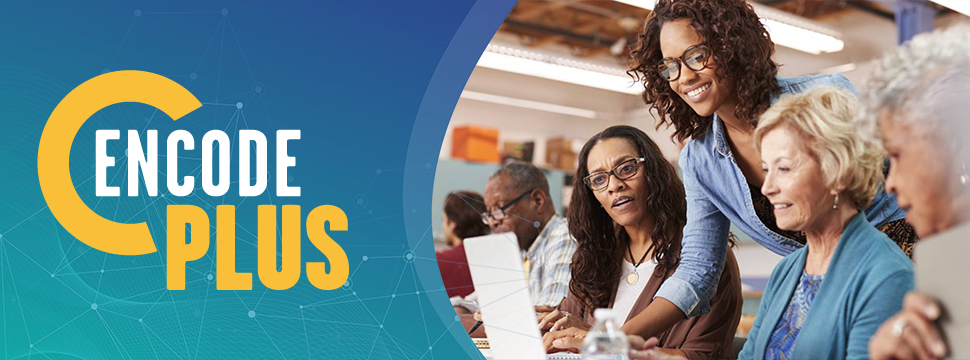Sponsored Content
Modernize Planning and Zoning Practices to Improve Affordability and Equity

A Conversation With Planning and Zoning Industry Veteran Bret C. Keast, AICP. Sponsored Content from enCode Plus
Zoning Reform for Affordability and Equity
We sat down with Bret C. Keast, AICP, president and CEO of Kendig Keast Collaborative and its subsidiary, enCodePlus, to discuss his thoughts on zoning reform.
With 30+ years of experience in the community planning and zoning industry, you have a unique perspective. What do you see as the industry's biggest challenge?
BRET C. KEAST, AICP: Two of today's biggest issues in planning and zoning circles are affordability and equity. While the purpose of county and municipal planning departments is to create long-term goals and policies to drive desirable development, sometimes, unintentionally, the resulting plans and ordinances have detrimental effects on lower-income populations. New development often comes with a higher price tag that is not sustainable for individuals in lower income brackets.
In your opinion, what can be done to help mitigate this disparity?
KEAST: I believe the biggest hurdle is access. In most communities, there is an underserved population who simply doesn't have access to what's going on in their local government. They are not aware, have few opportunities to engage, and their voices are simply not heard when it comes to future plans for their communities.
This is one of the paradigm shifts we are working toward with some of the tools we've created on the enCodePlus technology platform. This is a digital age. Outdated PDFs located on the web or even in a binder in some city offices are just not enough. Communities must modernize their systems with functional, accessible, better web-based alternatives.
By bringing plans, ordinances, codes, and other historically difficult-to-access documents online, local governments empower their constituents to find, understand, engage with, correlate, and respond to them. Even complicated documents with extensive graphics like form-based codes and design guidelines can be organized, indexed, and integrated for easy navigation by any user.
Integrated GIS maps can help people understand how regulations apply to specific districts and even individual properties. Commenting tools let them weigh in on proposed projects when their opinions can still make a difference.
Accessibility is a critical piece of the engagement puzzle. With access to the information, and opportunities to express their opinions, individuals have the tools to demand equity.
With better access to useful, up-to-date information, underserved groups are more likely to have a voice at the table. Empowering them to be heard will encourage them to advocate for affordable living considerations and participate in creating a future that reflects their wishes and accommodates their economic needs.
Local governments and other planning organizations will have to proactively address important issues that were previously easily overlooked.
What else should be done to help get information into the hands of citizens?
KEAST: Using technology to put accessible information online isn't enough. We all know there are many who don't have convenient internet access.
So how about information kiosks where people could peruse local plans, ordinances, and laws? Imagine a public-private partnership that would create and install kiosks in every public library and school. An outreach campaign with engaged community leadership and support could educate the population about how to use it.
In today's world, there are a multitude of options to help communicate what are often considered too technical or difficult to understand or interpret. While good old-fashioned grassroots outreach can still be effective, although time-consuming, technology opens so many other doors and creates pathways to connect, convey, and collaborate.
We created the enCodePlus platform to help reduce the barriers to educating and empowering the traditionally unempowered.
ABOUT THE CONTENT AUTHOR AND SPONSOR: Encode plus
Bret Keast, AICP, is the president of enCodePlus, a software solution designed to modernize, customize, codify, and publish planning and zoning documents. For 25 years, enCodePlus has continued to push the envelope of innovative customer service by digitizing plans and codes, integrating with GIS, and providing local governments with customized calculators and plan-review tools enabling staff to do their job better and faster. Bret is also CEO of enCodePlus' parent company, Kendig Keast Collaborative, where he and his team provide consulting services on planning and zoning projects.



